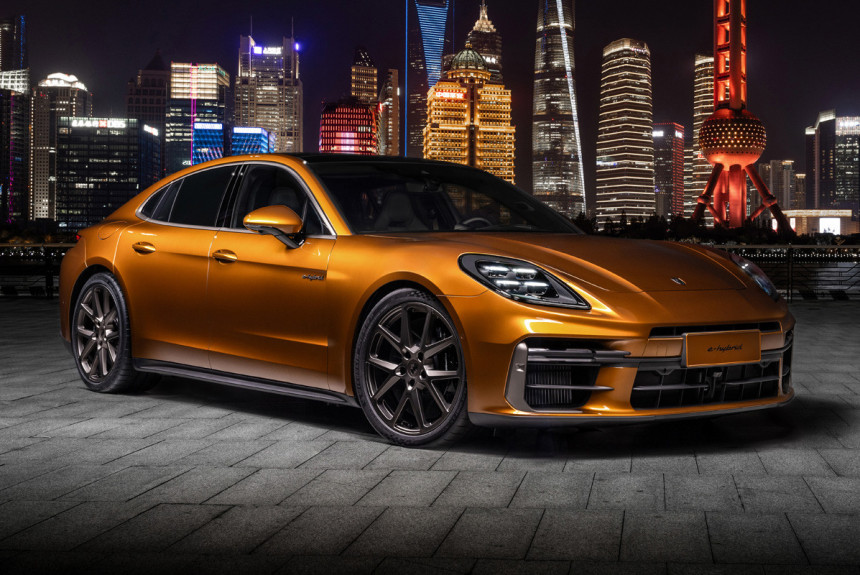
The second-generation Panamera lasted on the assembly line for the required seven years and is now ready to give way to the heiress. Formally, the third generation is now presented, but in fact this is the result of the modernization of the former 2016 Panamera: on the eve of the transition to electric vehicles, automakers are increasingly following the path of evolution of existing cars with internal combustion engines, and Porsche is no exception.
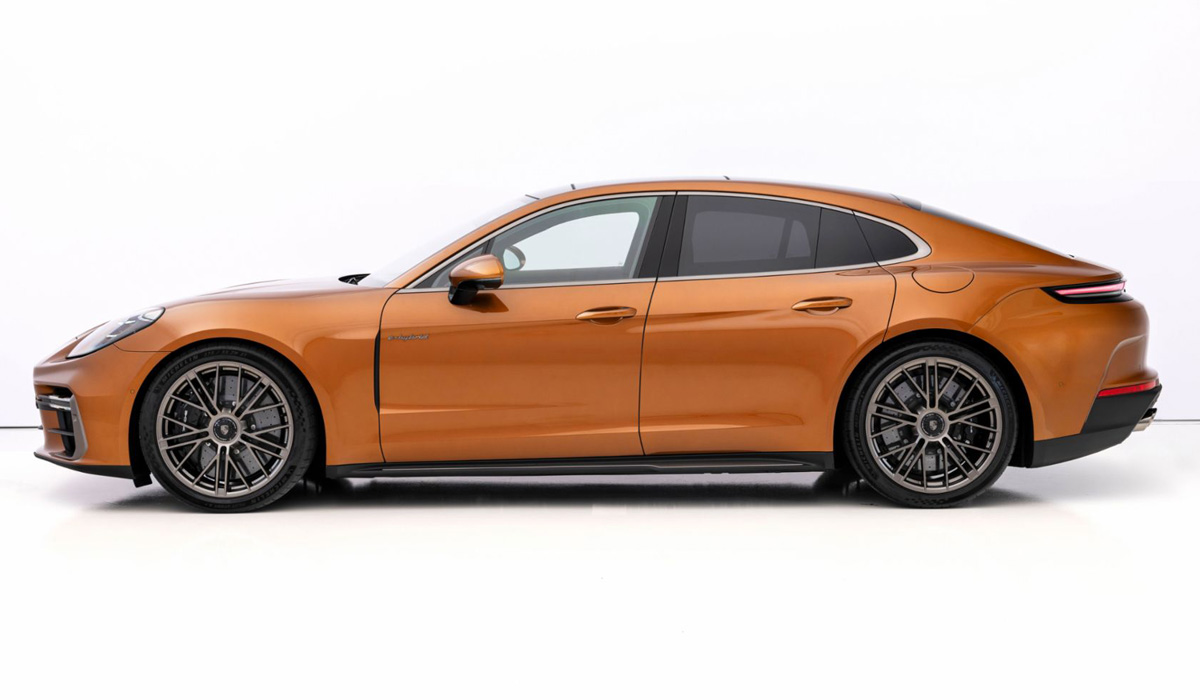
In the third generation, the Panamera retained the old frame of the five-door body, although the exterior panels were changed. The designers tried to give the liftback the features of a sedan with a little blood, changing the shape of the additional side windows in the rear pillars and masking the glass frame at the fifth door (the area of the glass itself has become larger). The width (1937 mm) and height (1423 mm) of the car have not changed, and the length of the third-generation five-door exceeds the previous model by an invisible 3 mm: now 5052 mm for the base version and 5202 mm for the long-wheelbase Executive version.
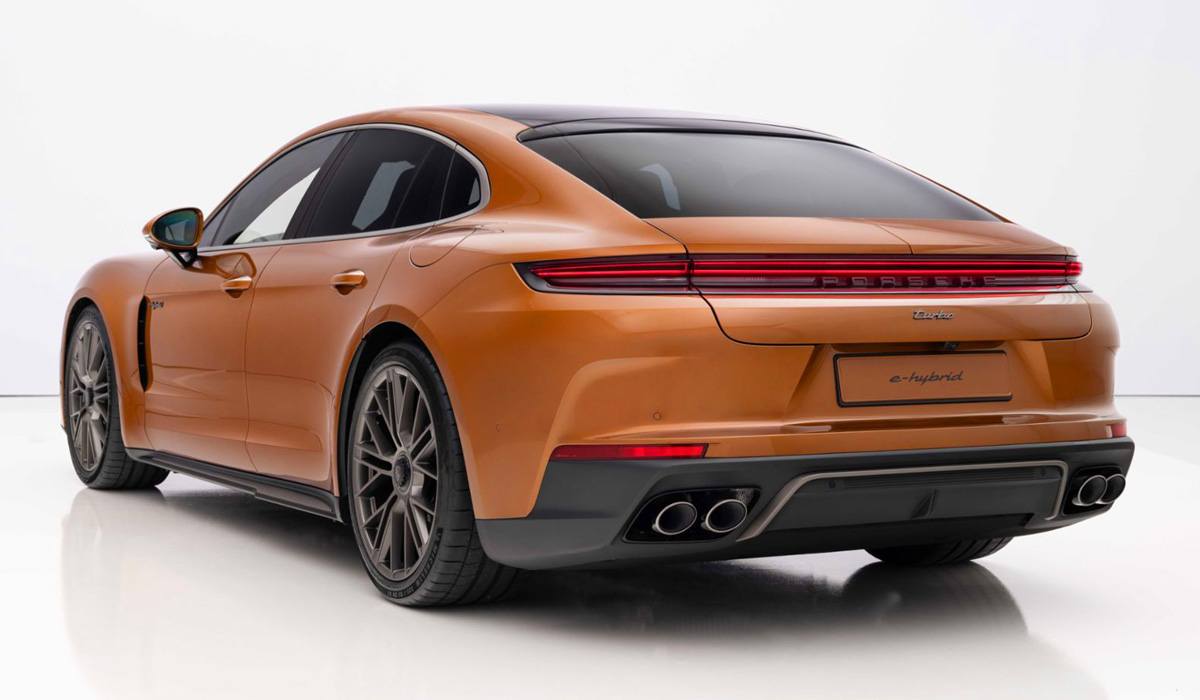
The optics are completely new: the rear “monobrow” now has the same thickness across the entire width, and matrix headlights are normally installed in front. For an additional fee — HD matrices (32 thousand pixels in each headlight), beating 600 meters into the distance. By tradition, the versions with the Turbo prefix have a slightly different front design with twin blades of LED strips in the bumper.

The interior is made using the same architecture of the Porsche Driver Experience, which is already familiar from the Taycan electric sedan and the restyled Cayenne crossover. On the front panel there is a curved “tidy” screen without a visor (12.6 inches), and for the front passenger, a personal multimedia system display (10.9 inches) is offered for an additional fee, and only on it you can watch videos while driving.
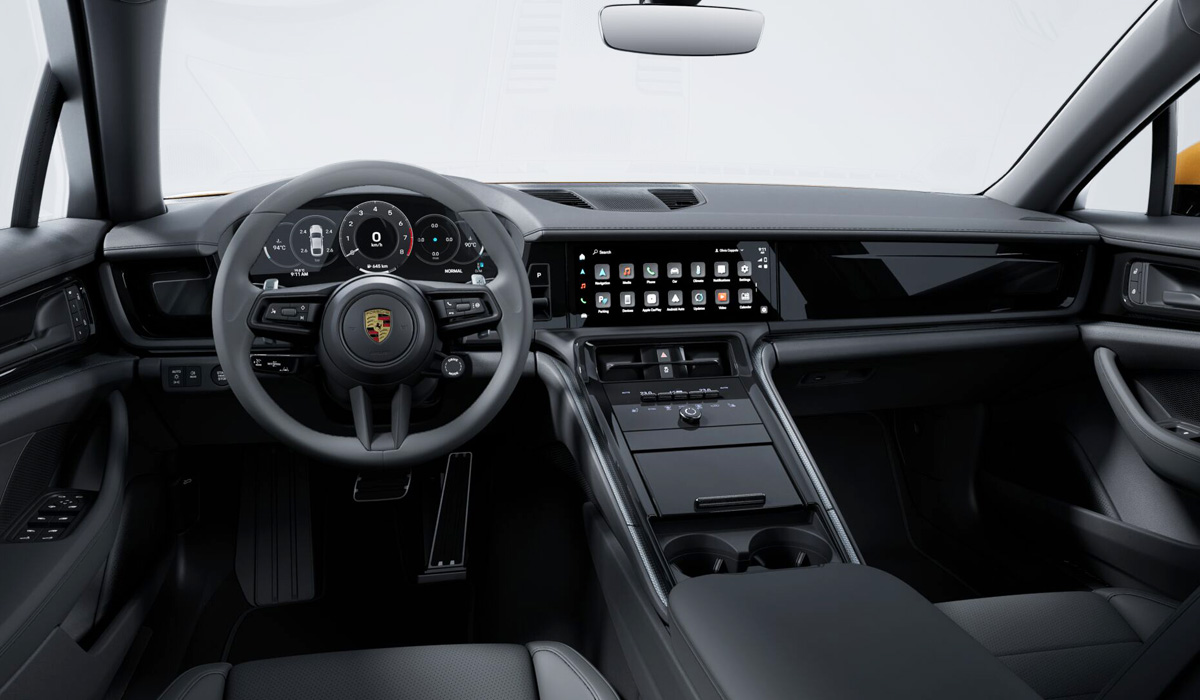
The transmission selector moved from the central tunnel to the front panel, thereby freeing up space for compartments for storing small items. The climate system unit has several analog toggle switches, but most of the keys are still touch-sensitive. Like the Cayenne, the engine start handle, located to the left of the steering wheel, gave way to an ordinary button. The rear row is designed for two riders by default and has heating.
The chassis underwent large-scale changes, although the suspension architecture is the same (two wishbones in front and five in the rear). The Panamera will no longer have a spring suspension, from now on the basic version has a PASM (Porsche Active Suspension Management) chassis with adaptive shock absorbers (they have separate valves for rebound and compression) and two-chamber pneumatic cylinders. By the way, the second-generation machines had three-chamber air-proofing. For payment, as before, you can order the steering mechanism of the rear wheels.
And here’s the main new thing — the optional Porsche Active Ride chassis. It is tied to a 48-volt electrical system, so it is only available for hybrid versions. But this is a full-fledged active suspension! All shock absorbers are connected to a single hydraulic system with an electric pump: electronics can control each rack and not only align the position of the body above the road, fighting pecks and rolls, but even provide a “reverse roll” in turns. About like Mercedes with ABC or MBC suspensions. By the way, the active suspension of the Panamera has single—chamber airballs at all – for the sake of reducing mass.
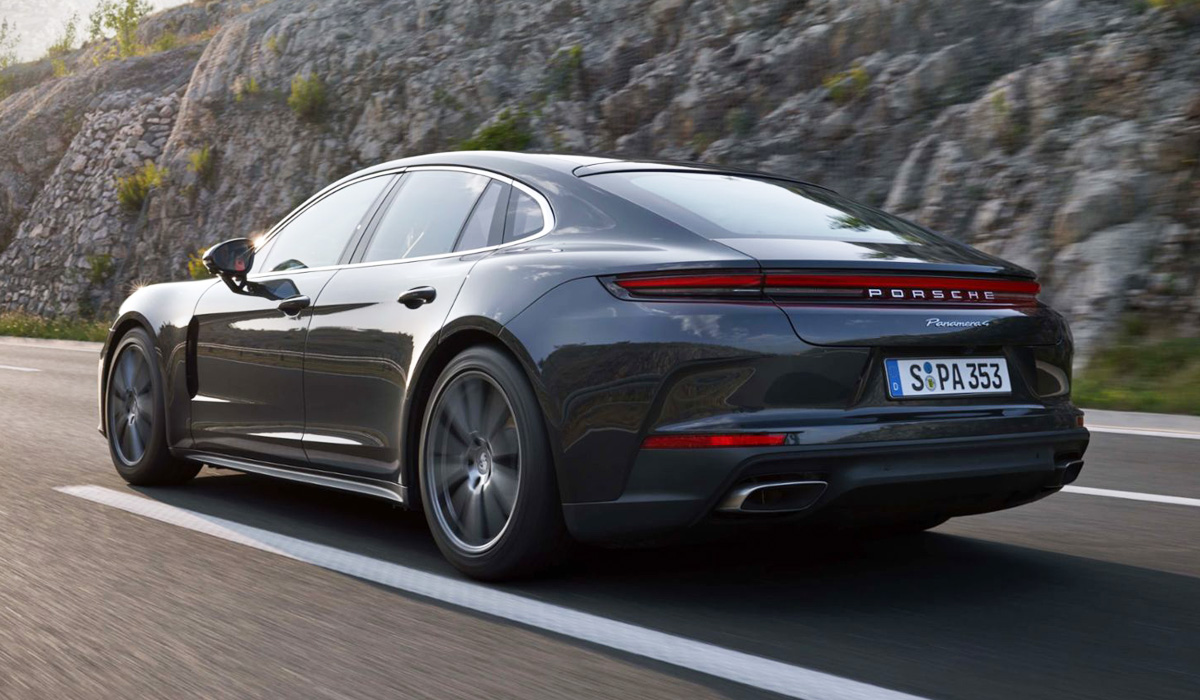
As for hybrids, the upgraded E-Hybrid system will have four modifications of the new Panamera at once, but only one of them has been presented so far. Porsche Panamera Turbo E-Hybrid has a modified V8 4.0 turbo engine with a capacity of 519 hp: instead of a pair of dual—flow turbochargers, there are now two single-flow turbochargers (this should reduce harmful emissions and fuel consumption in extreme modes), the crankshaft and pistons are strengthened, the pressure in the injection system is increased from 250 to 350 bar, and in the combustion chamber – with 120 to 140 bar.
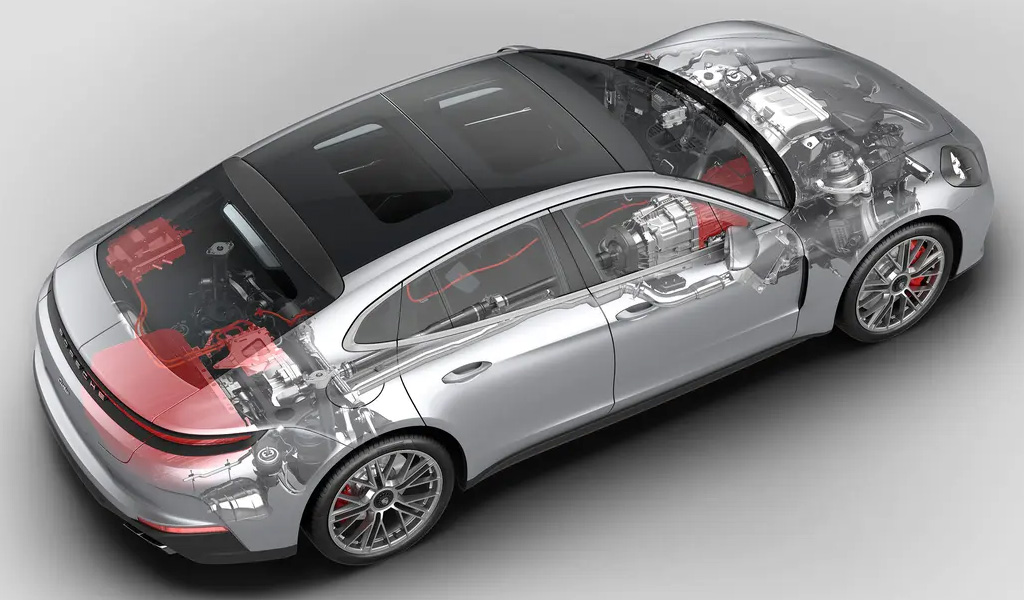
The electric filling has also been modified. The traction electric motor is now fully integrated into the eight-speed PDK “robot” (this made it possible to throw off 5 kg of mass), and its peak output has been increased from 136 hp and 400 Nm to 191 hp and 450 Nm. As a result, the hybrid system produces a total of 680 hp and 930 Nm against 700 hp and 870 Nm from the previous top version of the Turbo S E-Hybrid. The capacity of the traction battery has been increased from 14.1 to 25.9 kWh (it is located in the rear overhang), a full charge should be enough for 91 km of mileage in electric mode (according to the WLTP cycle). And in hybrid mode, such an all-wheel drive Panamera can accelerate to “hundreds” in 3.2 seconds and gain 315 km/h.

An eight-cylinder version without a hybrid surplus will also appear in the range, but only for some markets with relatively “free” economy. In the meantime, only the basic modifications of the Panamera and Panamera 4 (with rear and all-wheel drive, respectively) are presented. Their V6 2.9 turbo engine was modified according to the same program as the V8, as a result, the power increased from 330 to 353 hp, and the torque — from 450 to 500 Nm. The rear—wheel drive liftback can gain 100 km /h in 5.1 seconds, the maximum speed is 272 km / h, and the indicators of an all—wheel drive car are 4.8 seconds and 270 km / h.

The third-generation Panamera will appear on the European market in March next year. But the acceptance of orders is already open, and prices have been announced: the basic version in Germany costs from 107,800 euros, the Panamera 4 — from 111900 euros, and the Panamera Turbo E-Hybrid — from 192500 euros.